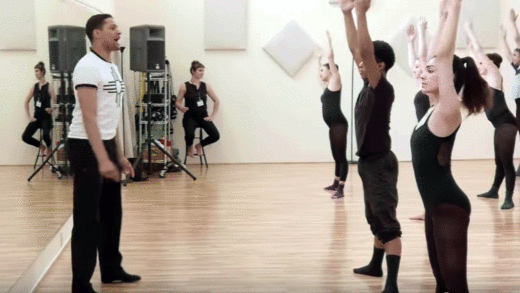Schools are beginning to recognize that arts education is not merely a nice addition to the learning experience, but rather an important vehicle for kids to learn skills that can also be applied to their other academic studies. Arts integration has become increasingly popular because educators are finding that when art is meshed with content learning, students are more engaged and interested. However, some schools have used arts integration as an excuse to sideline trained arts teachers, a mistake if the program is truly going to uphold rigorous artistic standards alongside academic ones.
The New Mexico School for the Arts (NMSA), a state-wide charter school for students who want to pursue a particular artistic discipline, provides a good example of how rigorous arts instruction builds the character and academic fortitude of students. The students admitted to NMSA come from all over the state and arrive at varying levels of readiness. Since the school is focused on helping young people craft their artistic expression the admissions process is selective, but students are very clear about what they learn from an environment focused on critique, self-reflection and learning from failure.
An Edutopia series on NMSA highlights how students learn from their fumbles, their mistakes and come to realize that it's fine to "make bad work," because that's the only way to eventually make "good work." Teachers and students alike are clear that critical feedback is essential to improvement, and that while practice is important, it only harms a student to practice the same error over and over because "practice makes permanent." The artistic training students receive is fundamentally one based on a growth mindset, which they then apply to all their learning.
These student artists not only learn to take and value critique from peers and teachers, but they are gradually learning how to evaluate their own work. This skill is intentionally taught by teachers, broken down into steps that every student knows and routinely practices with each new assignment or piece of work. First the teacher shows examples of exceptional work. Then students work to expand their vocabulary to make critique more specific. In the third step students critique one another, and finally apply their assessment skills in a self-critique. In the peer reviews students learn how to give constructive feedback, but they also begin to notice patterns in the art that works and those pieces that are less successful.


